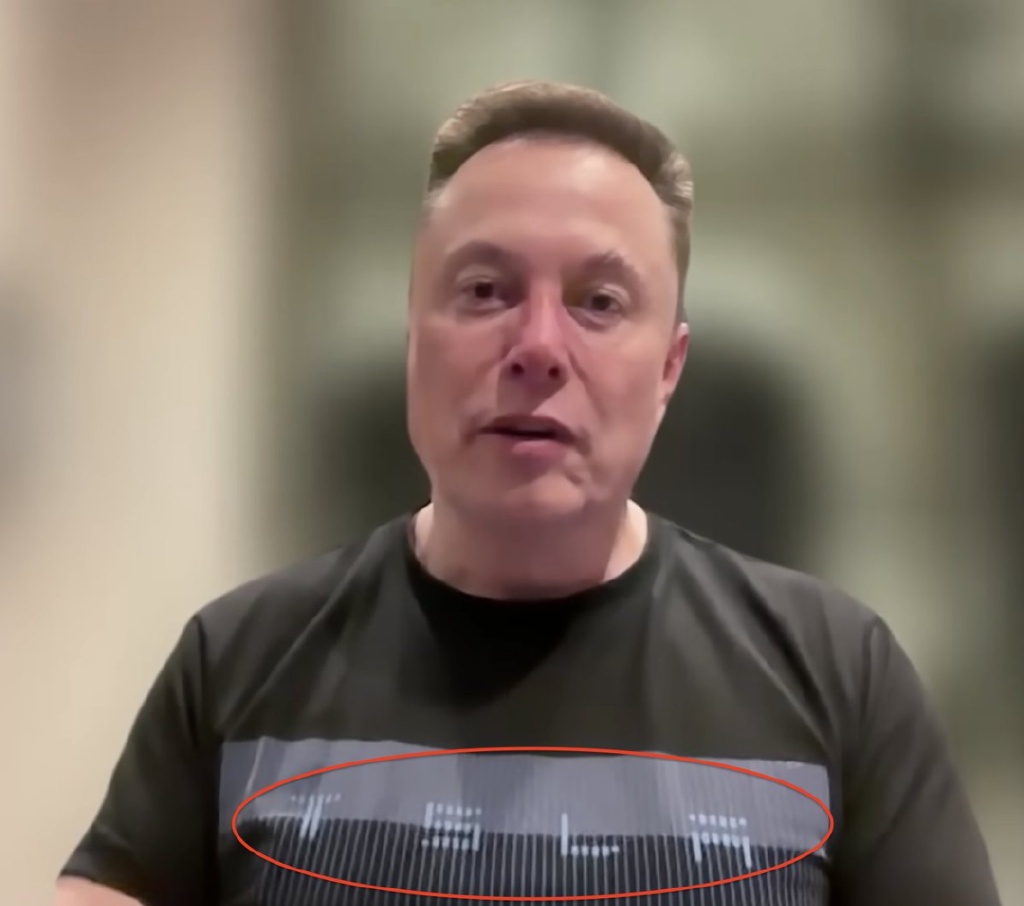
Musk talks about future visions: What will AI, Robotaxi, and AI chips change?


Produced by ZhiNeng
Musk has unusually concentrated Tesla's future signals in his latest podcast.
◎ The Cybercab autonomous taxi will enter mass production in Q2 2025, with Tesla planning to deployRobotaxi without safety drivers;
◎ The new Roadster 2 supercar will showcase "insane technology";
◎ The self-developed AI5 chip has completed design review, with AI6-AI8 in planning. Musk predicts AI will surpass total human IQ by 2030, with traditional apps and smartphone forms disappearing within years.

In AI, Musk painted a grander vision: AI will exceed individual human IQ by 2026 and surpass collective human intelligence by 2030.
He even predicted the end of apps and operating systems—smart devices will become edge nodes for AI inference, generating user-desired content in real-time. This vision implies "the death of software" and the rise of "AI as OS".
This "AI reconstruction" logic aligns with Tesla's strategic path. Whether through FSD, Grok, orNeuralink's brain-computer interface, Musk is advancing one goal: making AI an extension layer for human cognition and action.
But as with all Musk's plans, grand visions meet harsh realities. Roadster 2 delays, Robotaxi regulatory hurdles, and AI safety debates remind us: behind tech leaps lie institutional and ethical battles.
Musk set a new Robotaxi timeline—Cybercab production starts Q2 2025, with "no steering wheel or pedals". This shocked the industry, marking Tesla's final step toward "de-driving".
Cybercab prototypes are near-final: traditional mirrors remain, but the design is production-ready.
Tesla aims for ~$30K cost and 1M annual output. Unlike FSD-based robotaxis, Cybercab represents Tesla's tangible move toward a "dedicated Robotaxi platform".
To Musk, Robotaxi isn't just a vehicle but a commercialization vessel for Tesla's AI system.
He stressed all current Teslas (Model 3/Y) could become Robotaxis via software unlocks, shifting Tesla's logic from "selling cars" to "selling mobility"—though regulations remain tough.
Many US states haven't approved driverless taxis; Tesla's filings in Arizona/Nevada lag, while California still requires safety monitors.
Musk claimed "Robotaxi won't need monitors by year-end", but this remains speculative. For him, Cybercab is a "faith product" reaffirming Tesla's AI leadership.
He also unprecedentedly detailed Tesla's next four AI chips.
AI5's design is complete (2000-2500 TOPS, 5× HW4), to be made by TSMC/Samsung. AI6-7 are planned, while AI8 is "beyond imagination".
Tesla is shifting from "algorithm-driven" to "hardware-defined AI". Chip progress dictates FSD capability and Robotaxi rollout. With AI5 enteringtape-out, Tesla will directly challenge Nvidia in AI silicon.
Musk also leveraged nostalgia, announcing Roadster 2 for late 2024—"the most unforgettable unveil ever". Its tech is "crazier than all Bond cars combined", possibly featuring brief flight.
Summary
Cybercab, AI chips, Robotaxi, and Roadster 2 form Tesla's "four future pillars": AI compute, mobility ecosystem, hardware innovation, and brand ethos—charting its path to an "AI-native company".
The copyright of this article belongs to the original author/organization.
The views expressed herein are solely those of the author and do not reflect the stance of the platform. The content is intended for investment reference purposes only and shall not be considered as investment advice. Please contact us if you have any questions or suggestions regarding the content services provided by the platform.

